Camera Lens Filters And What They Do?
Camera Lens Filters: A Comprehensive Guide to Enhancing Your Photography
In the world of photography, the camera lens filter is an indispensable tool that can significantly enhance the quality of your images. Whether you are a professional photographer or an enthusiastic hobbyist, understanding the various types of lens filters and their specific functions can elevate your photography to new heights. This article delves into the different types of camera lens filters, their purposes, and how they can be used to achieve specific photographic effects.
Understanding Camera Lens Filters
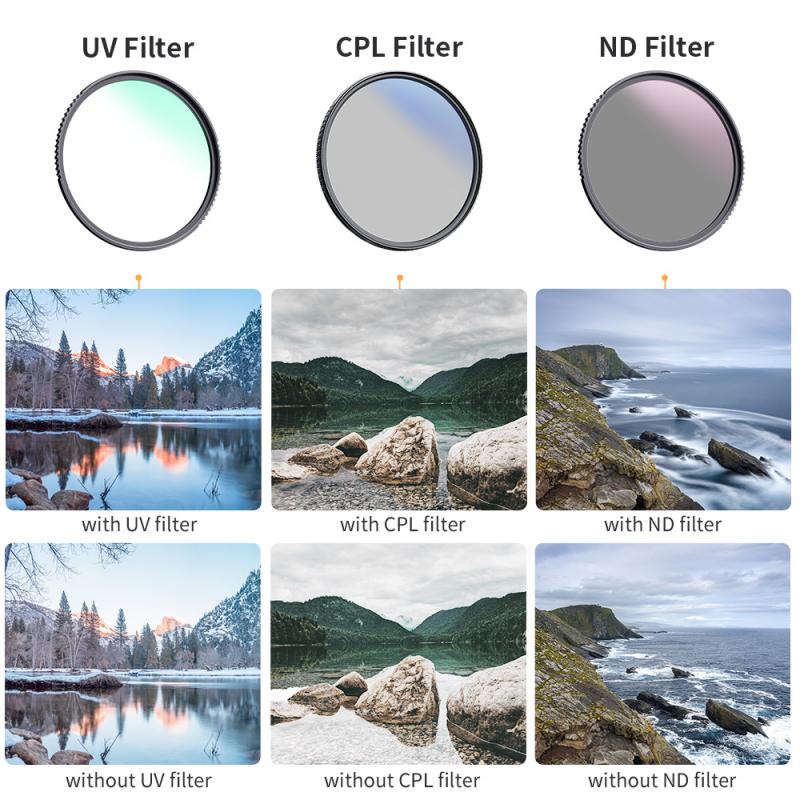
Camera lens filters are accessories that attach to the front of your camera lens. They are made from glass or resin and come in various shapes and sizes. The primary purpose of these filters is to modify the light entering the lens, thereby affecting the final image. Filters can be used to enhance colors, reduce reflections, protect the lens, and create special effects.
Types of Camera Lens Filters and Their Functions
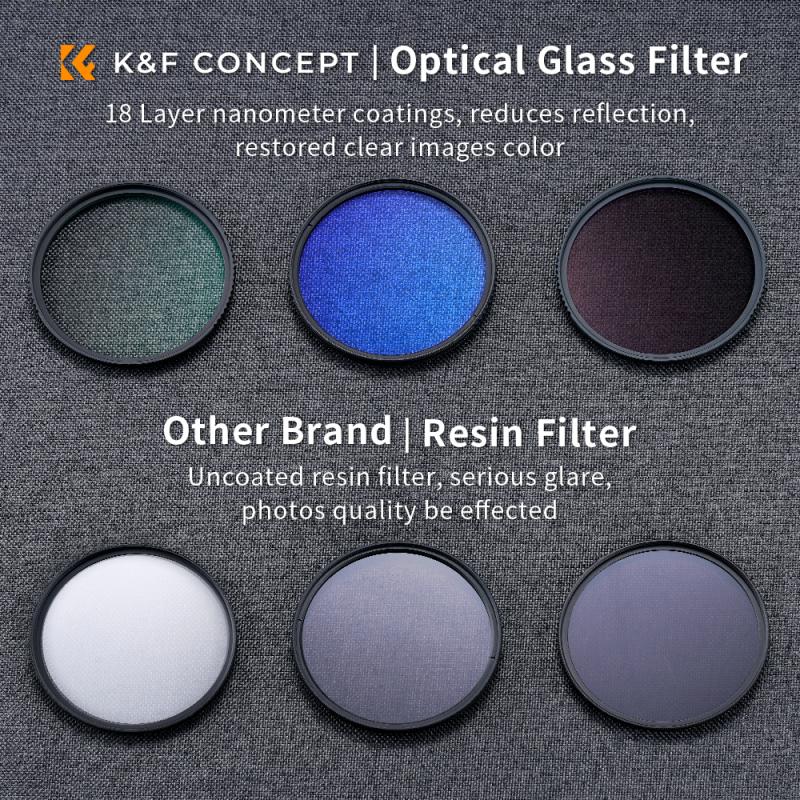
1. UV Filters
- Purpose: UV filters are designed to block ultraviolet light, which can cause haziness and reduce contrast in outdoor photography.
- Usage: While modern digital cameras are less sensitive to UV light, these filters are still popular for protecting the lens from dust, scratches, and moisture.
2. Polarizing Filters
- Purpose: Polarizing filters reduce reflections from non-metallic surfaces like water and glass, enhance colors, and increase contrast.
- Usage: Ideal for landscape photography, polarizing filters can make skies appear bluer, foliage greener, and reduce glare from water surfaces.
3. Neutral Density (ND) Filters
- Purpose: ND filters reduce the amount of light entering the lens without affecting the color of the image.
- Usage: These filters are essential for long exposure photography, allowing photographers to use slower shutter speeds in bright conditions to create motion blur effects in waterfalls, rivers, and clouds.
4. Graduated Neutral Density (GND) Filters
- Purpose: GND filters have a gradient that transitions from dark to clear, helping to balance the exposure between the sky and the ground.
- Usage: Particularly useful in landscape photography, GND filters prevent overexposure of the sky while maintaining detail in the foreground.
5. Color Filters
- Purpose: Color filters alter the color balance of the image, either by enhancing certain colors or by creating artistic effects.
- Usage: Commonly used in black and white photography to increase contrast, color filters can also be used in color photography to create mood and atmosphere.
6. Infrared (IR) Filters
- Purpose: IR filters block visible light and allow only infrared light to pass through, creating surreal and otherworldly images.
- Usage: These filters are used for infrared photography, which can produce unique and striking images with a dreamlike quality.
7. Close-Up Filters
- Purpose: Close-up filters, also known as diopters, act like magnifying glasses, allowing photographers to focus on subjects at a closer distance.
- Usage: Ideal for macro photography, these filters enable detailed close-up shots of small subjects like flowers, insects, and textures.
8. Special Effects Filters
- Purpose: Special effects filters create unique visual effects, such as starbursts, soft focus, and multi-image reflections.
- Usage: These filters are used to add creative flair to photographs, making them stand out with distinctive visual elements.
Choosing the Right Filter for Your Needs

Selecting the appropriate filter depends on the type of photography you are engaged in and the specific effects you wish to achieve. Here are some practical tips for choosing the right filter:
- Landscape Photography: Polarizing filters and GND filters are essential for capturing vibrant landscapes with balanced exposures.
- Portrait Photography: UV filters can protect your lens, while special effects filters like soft focus can enhance the aesthetic quality of portraits.
- Macro Photography: Close-up filters are a cost-effective way to achieve macro shots without investing in a dedicated macro lens.
- Creative Photography: Experiment with color filters, IR filters, and special effects filters to add a unique touch to your images.
Practical Tips for Using Camera Lens Filters
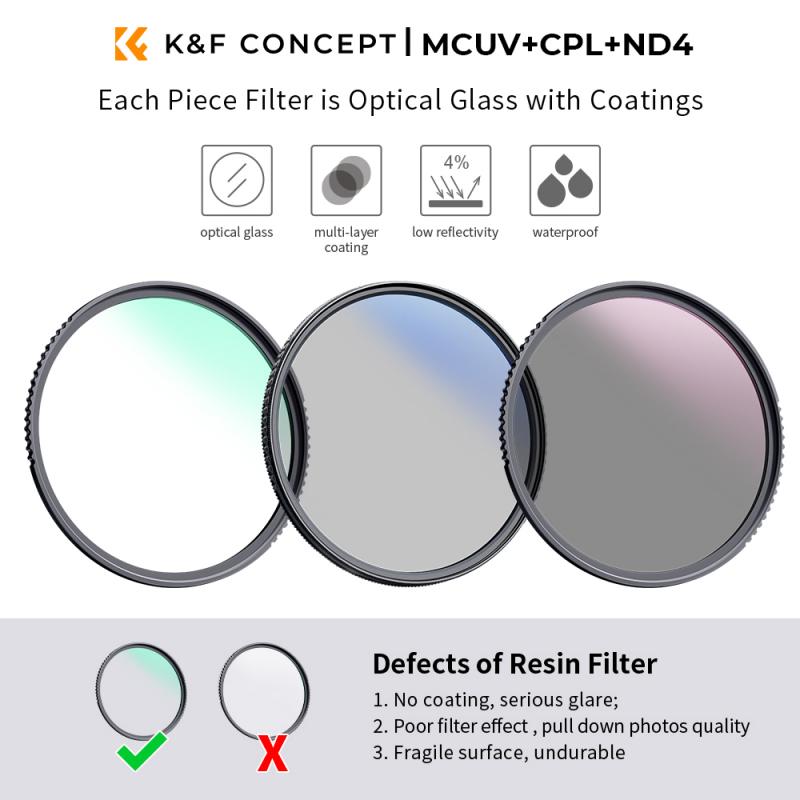
1. Stacking Filters: While it is possible to stack multiple filters on your lens, be cautious as this can lead to vignetting (darkening of the corners) and reduced image quality. Use filter stacking sparingly and only when necessary.
2. Cleaning and Maintenance: Keep your filters clean and free from smudges, dust, and fingerprints. Use a microfiber cloth and lens cleaning solution to maintain their clarity and effectiveness.
3. Filter Size: Ensure that the filter size matches the diameter of your lens. Most lenses have the filter size indicated on the front or side of the lens barrel.
4. Quality Matters: Invest in high-quality filters from reputable brands. Cheap filters can degrade image quality and introduce unwanted artifacts.
5. Experiment and Learn: Don’t be afraid to experiment with different filters and techniques. Practice using filters in various lighting conditions and subjects to understand their impact on your images.
Camera lens filters are powerful tools that can transform your photography by enhancing colors, reducing reflections, and creating stunning visual effects. By understanding the different types of filters and their specific functions, you can make informed decisions about which filters to use for your photographic needs. Whether you are capturing breathtaking landscapes, intimate portraits, or creative compositions, the right filter can make all the difference in achieving your desired results. So, equip yourself with a selection of high-quality filters, and start exploring the endless possibilities they offer to elevate your photography.

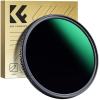


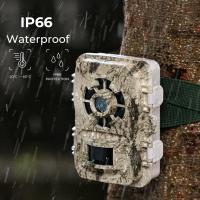




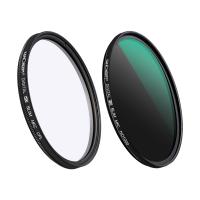

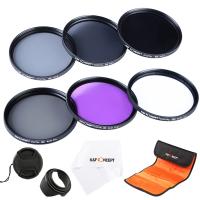


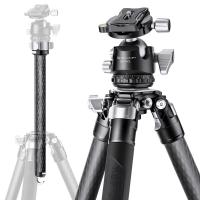
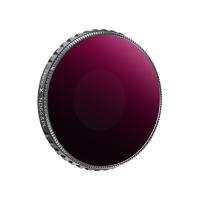
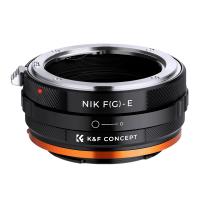
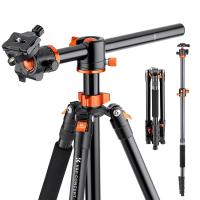
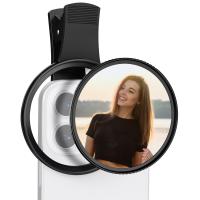



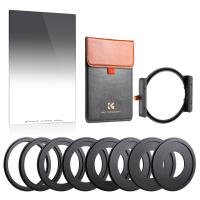
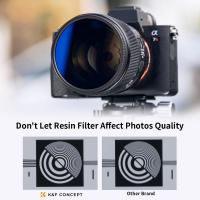
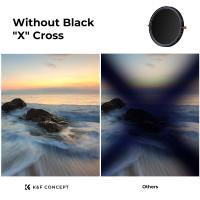

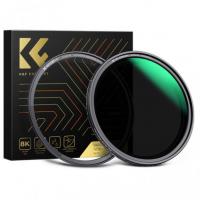
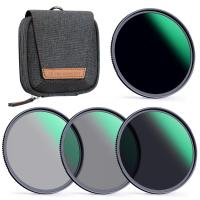

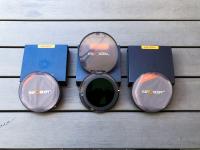



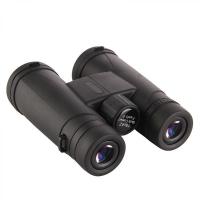
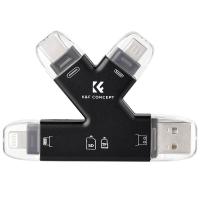
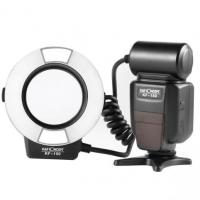

There are no comments for this blog.